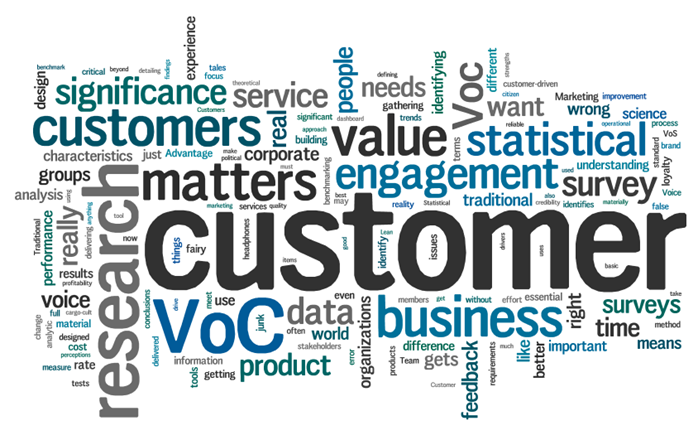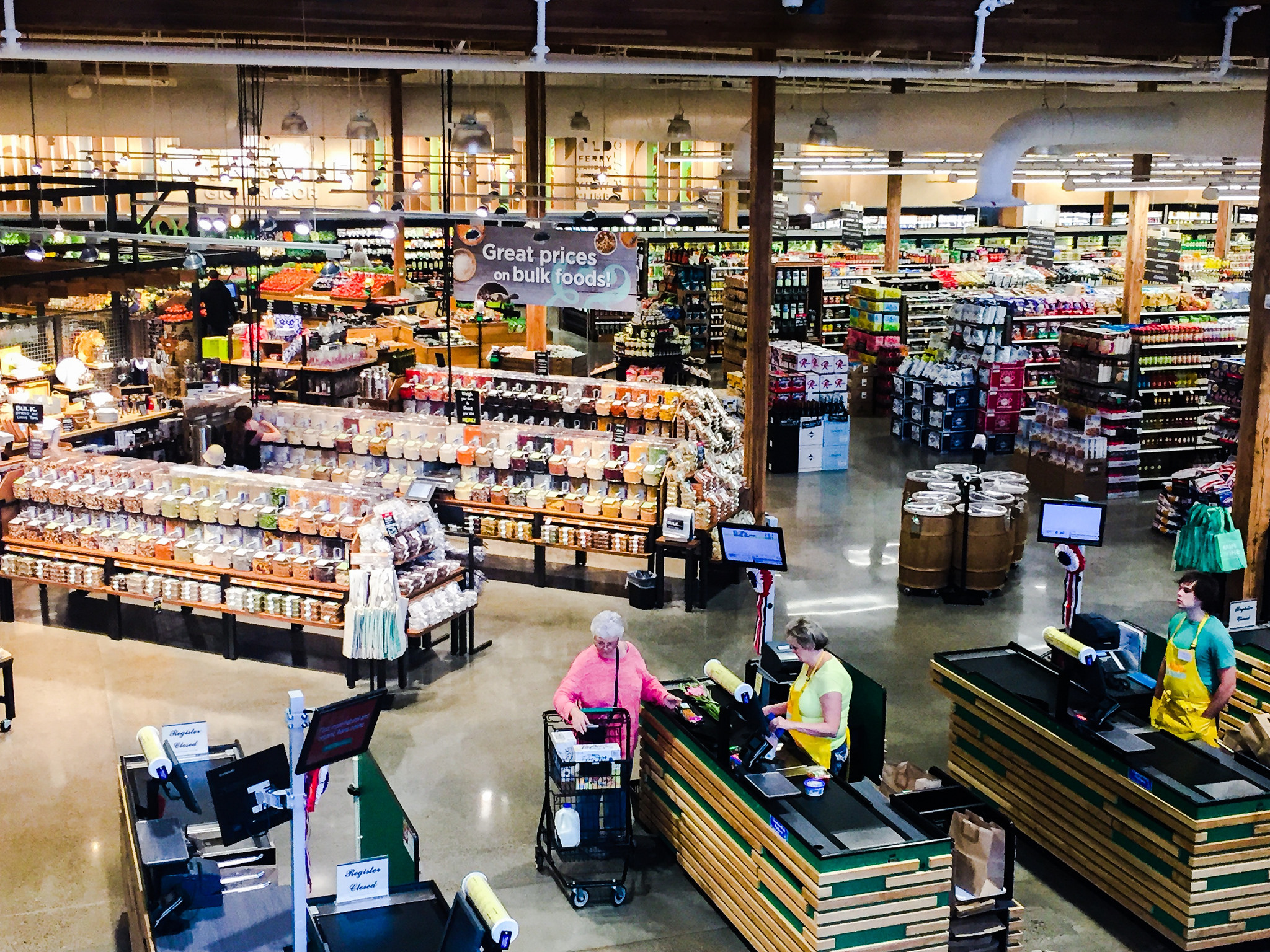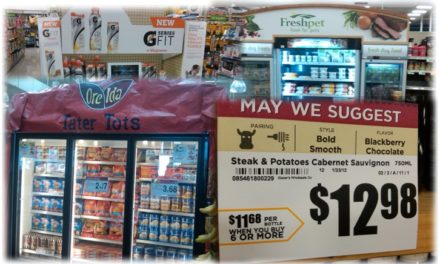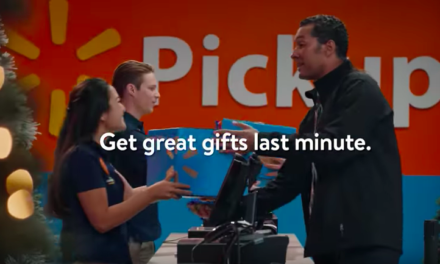Setting a World Record
Before discussing the value of customer devotion today, let’s go back 56 years.
In the summer of 1961, Yankees teammates Roger Maris and Mickey Mantle traded longballs in the Bronx as baseball fans watched in amazement.
56 years after Maris’ incredible feat, another seemingly impossible record was established.
The Kroger Company’s streak of 52 consecutive quarters of same store sales growth came to an end.
Right now everyone is enamored with the Amazon acquisition of Whole Foods.
Many may dismiss Kroger’s future (after their second consecutive quarter of same store sales decline).
This is short sighted.
To understand why Kroger is actually poised to succeed in the long run, it bears a detailed assesment.

“Customer First” = CUSTOMER DEVOTION
Much of Kroger’s success can be attributed to its “Customer First” approach to business.
This goes much deeper than just leveraging customer shopping behavior.
Kroger did what no other brick and mortar retailer had previously accomplished on such a large scale.
Three key steps helped Kroger associates and suppliers align business activities, enabling comprehensive customer-centric decision making:
1. Process
Many retailers make their internal data assets readily available to suppliers.
Yet, Kroger stands apart in its ability to develop customer-centric business processes to improve customer engagement.
Kroger has established processes for scorecarding, assortment review, promotion evaluation, and joint business planning.
This spells out exactly how insights will inform business decisions.
Kroger suppliers understand that the old ways of “relationship selling” matter far less then does following Kroger’s established assessment procedures.
2. Insights
For Kroger’s processes to drive success, it relies on very detailed and sophisticated insights.
13 years ago, Kroger turned to what is now 84.51 (the UK artist formerly known as dunnhumby) to help it build customer science into its DNA.
84.51 delivered very structured ways to examine business performance through a customer lens.
Behavior-based segmentation allowed Kroger to understand their most valuable customers.
And, what types of marketing stimuli drives engagement.
This enabled Kroger to efficiently target all decisions to drive the most measurable value.
Loyal customers remain loyal.
Aspirational customers are elevated in loyalty through detailed lifecycle marketing efforts.
Unprofitable customers are minimized in their financial impact. (Keep the “crazy coupon lady” from running wild and eroding profitability.
“The Shop” (84.51’s web-based reporting tool) made accessing insights readily available.
Over a decade later, Kroger’s breadth of user base for insights is second only to Walmart’s RetailLink (which does not include any customer data).
3. Change Management
Education drives change.
Kroger put a lot of effort into developing process (and supporting those processes with robust customer insights).
Without educating merchants and suppliers on what new processes and how insights support them, the desired change would never have happened.
This meant more than just publishing a new playbook.
Kroger succeeded because it invested in significant organizational behavior realignment.
Kroger’s Merchants worked tirelessly with 84.51 to reinvent how decisions were made and the data assets to inform those decisions.
Suppliers were then trained, with Merchants participating, to reinforce the new way of collaboration.
Slowly, change at Kroger occurred.
Increasingly, decision were based on insights that drove the most value for Kroger’s loyal customers.
This customer devotion reinforced and elevated customer loyalty.

The Trinity of Retail Success
Many retailers have attempted to use the same play book. (Walgreens-Emnos, Ahold-EYC, Wegmans-Kantar/AIMIA)
Partnering with customer science companies to commercialize data assets is not easy.
Most of these efforts have met limited success for several reasons:
- Often, they address only part of the opportunity (like innovation, CRM, assortment or promotion)
- They are primarily a means to monetize data assets (to deliver EBIT to the retailer’s bottom line)
Solving part of the problem delivers partial returns.
When customer data is ignored, the exponential growth potential customer devotion offers is missed.
New Product Launch Example: Most new products are advertised in the retail circular. But what if you knew that the predominant category shoppers are relatively price inelastic and had the lowest propensity response to coupons and deals. This clearly indicates that it doesn’t make sense to advertise in circulars because these shoppers won’t even look at a circular. Understanding at the shopper level drives greater efficiency.
Sharing data assets for the purpose of monetization without regard to process or change management is a short-term value strategy.
As soon as suppliers understand that a retailer does not consistently make decisions using their own data, supplier willingness to invest in that data will diminish.
Insights drive results
Retailers that require the use of insights in business decisions – and reward their Merchants accordingly – will ultimately realize the most monetization value as an added benefit.
Recently, I spoke with a supplier that invested 3 times the cost of data at Retailer “B” despite the fact that this retailer drove 1/5 the volume of Retailer “A”.
Why?
Because without access to the insights, the supplier could not engage with Retailer “B.”
Moreover, the educational resources to enable collaboration at Retailer “B” made it easier for the supplier to understand how to apply the insights to decision making.
Retailer “A” will never build a sustainably large revenue source from data monetization.
They fail to see the real purpose of data sharing.
The real purpose is the ability to comprehensively engage customers to elevate loyalty.
The Next Home Run Champion
Maris’ home run record stood for 37 years. He took the record from fellow Yankees great Babe Ruth.
It is likely that Kroger’s monumental achievement stand for a similar span of time.
If any retailer is likely to beat the 52 quarter record, it is likely Kroger itself.
No other retailer has yet to effectively internalize the 3 steps to Customer Centric Success.
With its acquisition of dunnhumby’s legacy in 84.51, coupled with the power of the Market6 Demand Signal Repository, Kroger is poised to start a new streak of financial success.





